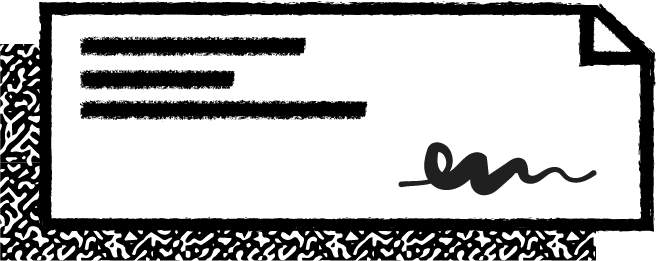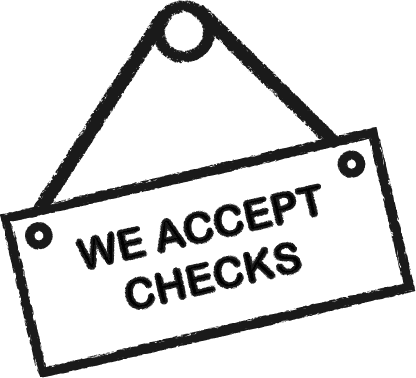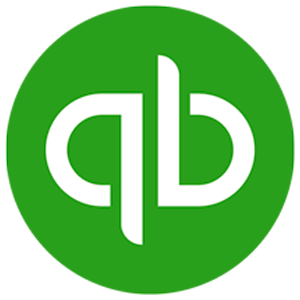Checks often seem like the most convenient way of collecting large sums of money from customers or clients. After all, most people don’t typically carry large amounts of cash. According to a survey by US Bank, 76% of American consumers don’t carry more than $50 on hand. While credit cards are convenient, some merchants balk at the high percentage fees of credit cards – so taking a check seems like the best option. As it turns out, there’s something better than checks and cards when it comes to large purchases: ACH payments. So, what is the difference between ACH and check payments, anyway?

Paper Checks
As a banking concept, checks are actually pretty interesting. Imagine handing someone a piece of paper with your signature on it that says you agree to a large purchase. Checks were first used in the Middle Ages, especially by merchants who would travel long distances. But these days you don’t have to be Marco Polo to use checks—every bank offers them to account holders.
When are Checks Used?
Paper checks are typically used for large purchases because most consumers do not feel safe walking around with hundreds or thousands of dollars in their pocket. Even investors who buy homes in cash don’t walk around with that kind of money. Their money can remain securely in the bank, and if they need to make a sizable purchase, they can take out a check and sign over the payment.

There was a time when personal checks—that is, checks that draw from a consumer checking account—were accepted at vendors like restaurants and the grocery store. Once credit cards and debit cards were introduced, paper checks became a much less attractive option, both because of the processing time and their processing cost.
But check payments have lingered on because they are convenient for large purchases or as payment for professional services. Checks will typically be used to purchase a car, a home, or to provide a security deposit. A check might also be used to pay a lawyer, consultant, or any other service provider who doesn’t have a POS terminal in their office. Checks are also often used for subscriptions or bill pay.
ACH Payments

If only these vendors knew about ACH payments! ACH stands for Automated Clearing House. It’s a network that facilitates the transfer of funds from one bank account to another—like from a customer’s checking account into the business’ checking account at your merchant bank.
ACH payments are typically used with recurring payments such as a subscription service, club membership, tuition, and rent. But they are just as good for one-off charges, especially ones made over the internet. It’s as easy as having the customer fill out an authorization form with key details like their name and banking info. There are some additional rules to collecting ACH payments over the phone, but not many.
How ACH Payments Work
Unlike the complex web of interactions behind a credit card transaction, ACH payments involve operators sending out payments in batches several times a day, from one bank to another. The process is also different from the check clearing process; usually, when you deposit a check, your bank sends it to a clearinghouse like the Federal Reserve. The clearinghouse will debit the customer’s account and credit yours, and your bank will store the check for its records.
How Do ACH and Paper Check Payments Compare?
You may be wondering if there’s a practical difference for your business between paper checks and ACH deposits since the process seems somewhat similar on the backend.
Truth be told, the processing time is somewhat comparable…usually. ACH payments usually take 1-2 business days to process, while a check is usually a 2-day process. However, if the check is larger, it can take longer for the funds to be processed, which of course means a delay in receiving your funds.
Cost of Checks and ACH Payments
It’s the ACH vs check cost that is the most noteworthy difference. ACH payments have an average cost of $0.29 per transaction, while checks cost an average of $1.22 per check, at least according to NACHA (the National Automated Clearing House Association).
And if you’re using paper checks to make B2B purchases, the cost of paper checks (compared to ACH payments) is exponential. In fact, some studies have shown that a midsize business using paper checks could be spending up to $24,540 on said checks, whereas ACH payments would only cost them $1,680. That’s some serious savings.
If you’re wondering why paper checks are so expensive, it’s because of the time and resources that go into each and every check. Paper, ink, envelopes, stamps, bank fees—and employee time dedicated to accounting, mailing, and interacting with vendors over complications like a bounced or lost check.
ACH Payments for Accounts Payable
As you can see, switching how you handle accounts payable to an ACH process is going to save a lot of money, especially for recurring payments and for your payroll. This is why more and more businesses are having employees authorize a direct deposit in lieu of receiving an actual paper paycheck.
ACH Payments for Accounts Receivable
Collecting ACH payments from customers instead of paper checks will also save you money, but more than that, it will save you from lots of potential headaches. Recurring payments made with a paper check need to be constantly filled out, signed and delivered. That means more than waiting on the postal service, you’re waiting on your customer. If they forget, you have to track them down with a phone call or email. Of course, once you get your checks, you still have to deposit them. At the end of the day, collecting paper checks for recurring payments like rent, tuition, or membership fees is a huge hassle.
And of course, checks can also bounce. ACH payments can also “bounce”. A bounced ACH payment is much less of a hassle to deal with because it can be dealt with quicker than a bounced check. Imagine for instance, that you take time out of your workday to deposit some checks. The next day, you find out that a check bounced because of insufficient funds. By the time you finally get a valid check from your customer, you could be into the next month or billing period. It’s this kind of scenario that makes ACH payments a clear winner.
As you might be aware, checks are also susceptible to fraud. In fact, around 71% of businesses report an interaction with a fraudulent check at least once annually, making checks the most fraud-ridden form of payment.
There are times when you will still need to use paper checks for your business, despite the downfalls. Established vendors might appreciate the ritual of a paper check delivered in person, and be miffed by any attempt to guide the process in a different direction. You’ll have to use your discretion with these instances, but by and large, ACH will make itself apparent as the way to go.
ACH vs Check Payments: What’s Best?
So now you know that when it comes to ACH vs check payments ACH is usually a much better solution. It’s faster, it’s more secure, it’s less frustrating, and it’s less expensive. And if your business is online or has a website to compliment your brick and mortar presence, ACH payments can provide a much more convenient alternative to checks for collecting payments.
At Rotessa, we’ve worked with businesses of all sizes to make the switch from checks to ACH. Best of all, it costs nothing to signup, set up, and start using our authorization tools. Set up a meeting with one of our account representatives to see how Rotessa can help you make the switch.
Share this content with a friend:
A better way to get paid
Withdraw money directly from your customer’s bank account when their payments are due. Schedule one-time or recurring payments to get paid on time.
